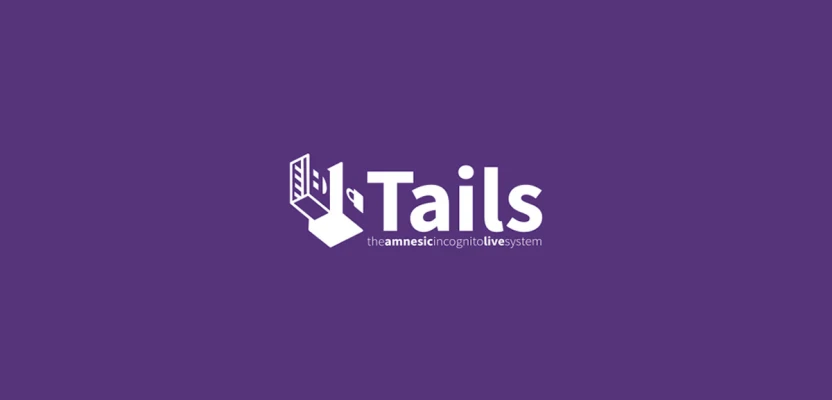
"Tails operating system left a solid impression and addressed most of the concerns of an average user in need of anonymity" - penetration testers concluded.

"... it is essential to mention that Tails has a
large attack surface because it is an entire operating system".
Penetration testing was done by RadicallyOpenSecurity (ROS), and the report was published on October 7th, 2023. However, the process itself (finding and fixing of vulnerabilities) was started in March 2023 and finished in June. And these vulnerabilities came into being long before that ‒ they originated from major improvements in Tails 5.8 in December 2022.
6 high threat vulnerabilities were fixed in:
- Tails 5.11 on 2023-03-20
- Tails 5.12 on 2023-04-19
- Tails 5.14 on 2023-06-13
Therefore:
- a) vulnerabilities are almost inevitable, even if the development team is highly competent and well-funded;
- b) a competent and resourceful adversary was able to harm and deanonymize users for half a year and such an adversary is capable of finding and exploiting new vulnerabilities in the future;
- c) it's very important to always update software as soon as possible, because developers usually don't disclose whether a new update fixes critical vulnerabilities ‒ otherwise bad guys can use this info against users who haven't updated yet.
«Solid impression», but six major threats fixed only after half a year. The ROS team basically says that's not unusual: «... it is essential to mention that Tails has a large attack surface because it is an entire operating system».
Pentester's portfolio speaks for their credibility: they are known to have performed penetration tests for famous projects, including OMEMO encryption protocol, free open-source app store F-Droid, Mullvad VPN, as well as European government projects, Google and Mozilla projects, etc.
Six high threat vulnerabilities
Tails pentest was focused on Persistent Storage, Unsafe Browser, and Wayland protocol integration.
Wayland protocol defines how a windowing system "talks" to other parts of the OS. The windowing system separately manages parts of a display screen. It implements windows, icons, menus, and pointer to a user interface.
The low-privileged user amnesia can execute arbitrary code as the user root even if no administrator is configured on boot (!). This vulnerability allows the creation of a permanent backdoor in Tails OS, which can be used to monitor and deanonymize the user.
If the Persistent Storage is configured, the low-privileged user amnesia can execute arbitrary code as root. These vulnerabilities allow the creation of a permanent backdoor in Tails OS, which can be used to monitor and deanonymize the user.
The low-privileged user amnesia can leak the IP address by abusing the Unsafe Browser without root privilege.
The low-privileged user amnesia can execute arbitrary code as root inside the TCA (the Composable Architecture) sandbox/namespace. Additionally, the configured Tor bridges are leaked to the amnesia user. As a result, the activity of a compromised amnesia user inside Tor could be exposed, removing the user's anonymity.
The low-privileged user amnesia can read arbitrary files as root and leak secrets, such as the Tor authentication cookie.
All of this basically means that if an attacker executes his code as low-privileged amnesia user, his victim is screwed. Even if the user has disabled all non-essential features: no administrator is configured on boot, no Persistent storage or Unsafe browser. This can be done with some file types such as .pdf and .xml. The user has to download and open the infected file.
However, some attacks can't be executed if non-essential features are disabled ‒ that's why they are disabled by default. Also, it makes sense to have a separate OS Tails without Internet access to open potentially dangerous files.
That's why Tails devs wrote this: «Warnings: Tails is safe but not magic!» with recommendations that will keep users safer. And as always, especially if you're into high-risk things, do your own research.





Comments 0